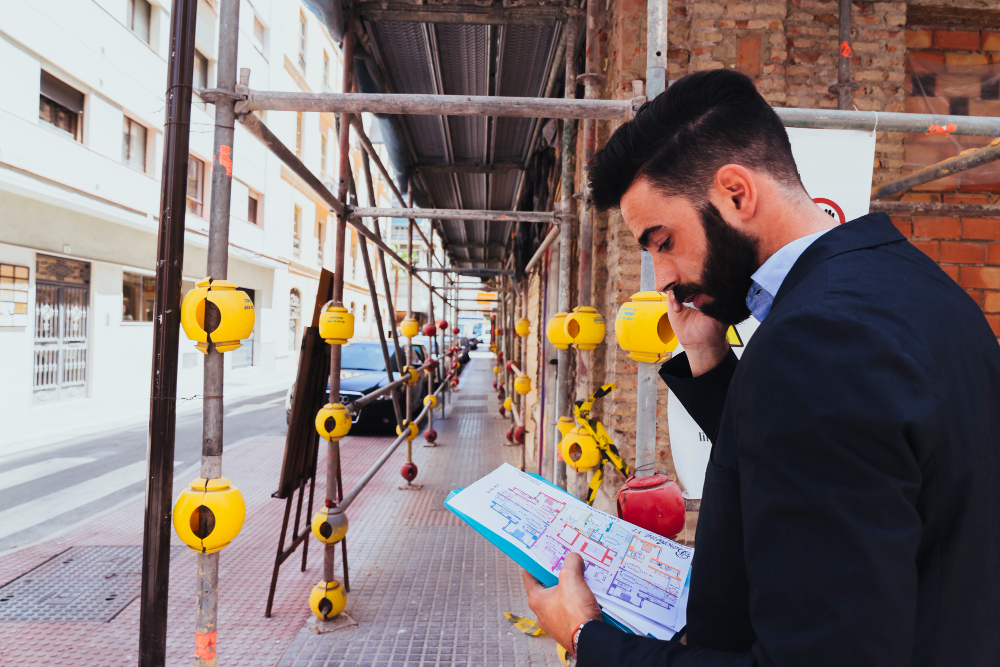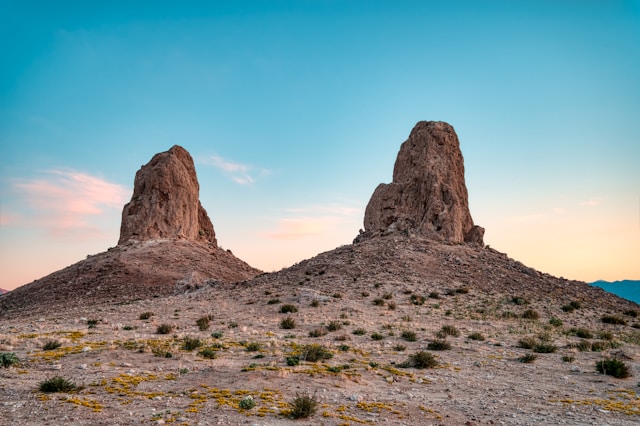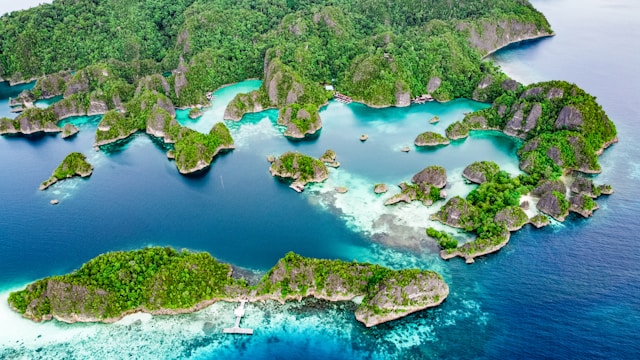San Juan, Puerto Rico’s vibrant capital, is known for its beautiful beaches, colorful colonial architecture, and a lively cultural scene. But like any major city, it has its challenges — and crime is one of them. If you’re planning a trip to San Juan or considering moving there, it’s important to understand the real picture of the city’s crime rate.
Locals have a unique perspective that goes beyond the statistics. Here are 9 important things they want you to know about the San Juan crime rate, so you can make informed, safe decisions during your visit or stay.
1. Crime Is Not Uniform Across San Juan
One of the first things locals point out is that San Juan isn’t dangerous everywhere. Like most cities, the crime rate varies by neighborhood. Tourist zones like Old San Juan, Condado, and Isla Verde are generally safe and well-patrolled, especially during the day. In contrast, some residential areas experience higher levels of violent crime and gang activity.
Understanding where crime tends to occur helps visitors and residents stay safer. Locals recommend avoiding certain areas late at night unless you’re with someone familiar with the neighborhood.
2. Petty Theft Is the Most Common Issue for Tourists
While violent crime does occur, locals emphasize that tourists are more likely to face petty theft — things like pickpocketing, bag snatching, or car break-ins. These incidents usually happen in crowded areas or when valuables are left unattended.
Travelers are advised to carry minimal cash, use anti-theft bags, and never leave belongings visible in rental cars. These simple actions go a long way toward reducing risk.
3. Police Presence Is Strong in Tourist Areas
Local authorities are fully aware of San Juan’s reputation and the importance of tourism to the economy. That’s why there’s a noticeable police presence in tourist districts. Officers often patrol on foot, on bikes, or in cars, particularly around the beach areas and Old San Juan.
Many locals appreciate the visibility of law enforcement and note that it has helped deter crimes in these areas. However, they also encourage tourists to not rely solely on police for safety and to use common sense.
4. Crime Statistics Can Be Misleading
If you look up San Juan’s crime rate online, you might find high numbers that paint a worrying picture. However, locals stress that these stats can be misleading without context. Puerto Rico’s economic challenges and reporting methods may inflate certain numbers or fail to reflect improvements in specific communities.
Locals encourage visitors to look at recent trends and real-life experiences rather than just raw statistics. Talking to residents or reading updated community reports can offer a clearer view.
5. Gang Activity Is a Factor — But It’s Targeted
Some of the more violent crime in San Juan stems from gang-related activity, especially in economically disadvantaged neighborhoods. These incidents usually involve disputes over territory or drug trafficking.
Importantly, locals point out that these crimes are highly targeted and rarely involve outsiders or tourists. As long as you avoid high-risk areas and stay aware of your surroundings, the likelihood of being involved in such violence is extremely low.
6. Locals Use Community Watch and Apps
To deal with safety concerns, many San Juan communities have taken matters into their own hands. Neighborhood watch programs, social media groups, and mobile safety apps like “AlertaPR” help locals share real-time information about incidents or suspicious activity.
These tools have helped reduce crime and create a sense of unity among residents. If you’re staying long-term or frequently visiting, consider joining local Facebook groups or downloading local alert apps to stay updated and informed.
7. Natural Disasters Can Impact Crime Temporarily
Puerto Rico is occasionally affected by hurricanes and tropical storms. Locals have observed that after major natural disasters, there can be a temporary rise in looting or opportunistic crime due to power outages and strained resources.
However, these instances are usually short-lived and controlled quickly by authorities. It’s wise to avoid traveling right after a disaster until things stabilize and security is re-established.
8. Nightlife Safety Tips from Locals
San Juan’s nightlife is a major attraction, with bars, clubs, and beach parties happening year-round. Locals love the energy but recommend a few tips for staying safe:
Don’t accept drinks from strangers
Use Uber or trusted taxis at night
Avoid wandering into unfamiliar neighborhoods after midnight
Stick with your group, especially if you’re drinking
Most locals enjoy nightlife safely by taking basic precautions — and they encourage visitors to do the same.
9. Locals Are Friendly, But Cautious
Puerto Ricans are known for their warmth and hospitality. That said, locals in San Juan have learned to be cautious, especially when approached by strangers asking for money or directions in an unusual manner.
They advise tourists to trust their instincts and avoid engaging in suspicious conversations. If you feel uneasy, walk into a store or hotel to regroup or ask for help. Awareness is key, not fear.
10. Safety Is a Shared Responsibility
Ultimately, locals believe that everyone plays a role in making San Juan safer — whether you’re a lifelong resident or a visitor. By following community guidelines, respecting local customs, and staying aware, you can help create a safer environment for everyone.
Simple actions like not littering, supporting local businesses, and reporting suspicious activity go a long way in building trust and keeping neighborhoods vibrant and secure.
Conclusion: San Juan Is Worth Visiting — With Awareness
San Juan is a city of contrasts — a place where rich history meets modern challenges. While it’s true that crime exists, locals want you to know that with proper planning, street smarts, and respect, the city can be both safe and unforgettable.
Listen to local advice, stay in recommended areas, and treat San Juan like you would any large city: with awareness and appreciation. If you do, you’ll likely leave with only beautiful memories — not crime stories.
FAQs About San Juan Crime Rate
1. Is San Juan safe for solo travelers?
Yes, San Juan is generally safe for solo travelers, especially in tourist areas. Stick to well-lit streets, avoid isolated areas at night, and let someone know your whereabouts if you’re exploring alone.
2. What neighborhoods should tourists avoid in San Juan?
While areas like Old San Juan, Condado, and Isla Verde are safe, neighborhoods such as La Perla (despite its recent cultural revival), parts of Santurce, and certain inland barrios may be risky after dark. Always check with your hotel or a local before venturing out.
3. Are there areas with lower crime rates in San Juan for expats or long-term stays?
Yes. Areas like Miramar, Ocean Park, and Condado are popular with expats due to lower crime rates, good infrastructure, and easy beach access. These neighborhoods are more patrolled and offer a higher sense of security.
4. Is public transport safe in San Juan?
Public transport, including the bus system and Tren Urbano, is generally safe during the day but can be less reliable or secure at night. Uber is widely available and considered a safer option for tourists after dark.
5. What should I do if I’m a victim of a crime in San Juan?
Immediately contact the local police by dialing 911. If you’ve lost a passport or important document, contact your embassy or consulate. Report thefts at the nearest police station and ask for a report for insurance purposes.







